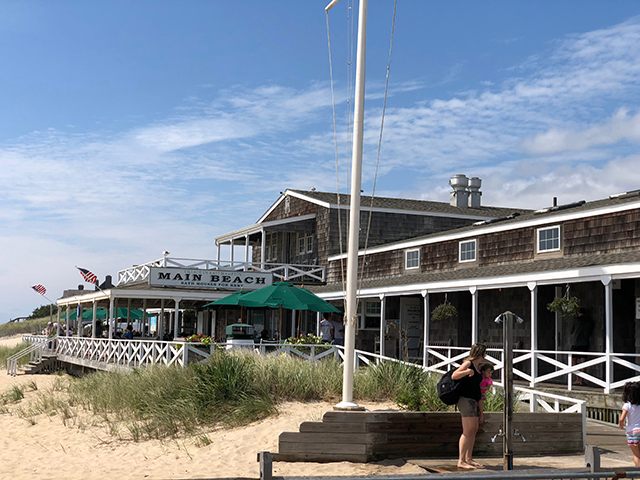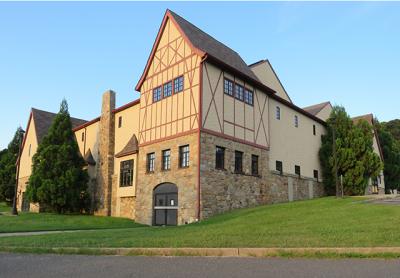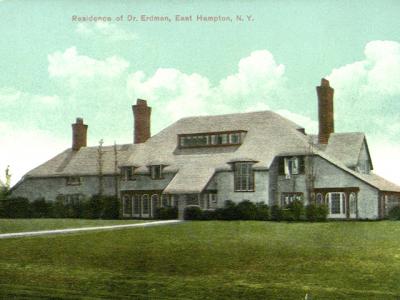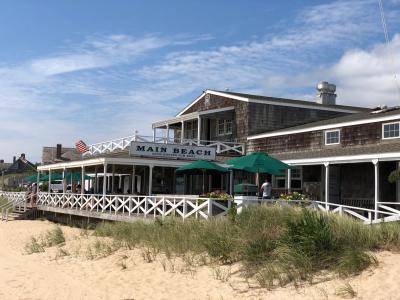Engaged and Wed at Georgica
Engaged and Wed at Georgica

James Netter Sprayregen and Rachel Diane Kritchman were married on Saturday at the groom’s grandmother Alice Netter’s house in East Hampton’s Georgica neighborhood. Cantor-Rabbi Debra Stein of the Jewish Center of the Hamptons officiated.
The couple had lived within two blocks of each other in New York City for over two years when a mutual friend flew into town from Los Angeles and introduced them at a dinner over the holiday weekend of Martin Luther King’s Birthday in 2014. The bride had grown up with him in Louisville, Ky.; he and the groom were best friends in college at Indiana University.
“The other two dinner guests were completely ignored for the remainder of the evening,” the bride wrote.
The bride and groom’s first trip as a couple was to East Hampton, and it was here that they “truly fell in love,” the bride wrote. Mr. Sprayregen proposed at Georgica Beach.
The bride’s maid of honor was Dale Sprayregen of New York City, the groom’s sister. Sam Schwarz of Brooklyn was the best man.
The groom’s parents, Laurie and Philip Sprayregen, have been coming to East Hampton since the 1970s and have a house on Hand’s Creek Road. They were married at the same property in Georgica in 1986. The bride’s parents are Lori and Brian Kritchman of Boca Raton, Fla.
The groom is an account executive at PVH Corp., a global apparel company, and holds a bachelor’s degree in public affairs from Indiana University. The bride graduated summa cum laude from George Washington University with a degree in business administration. She is director of public relations for the French cosmetics company Sisley Paris.
They live on East 29th Street in Manhattan and will be honeymooning in the south of Italy.






